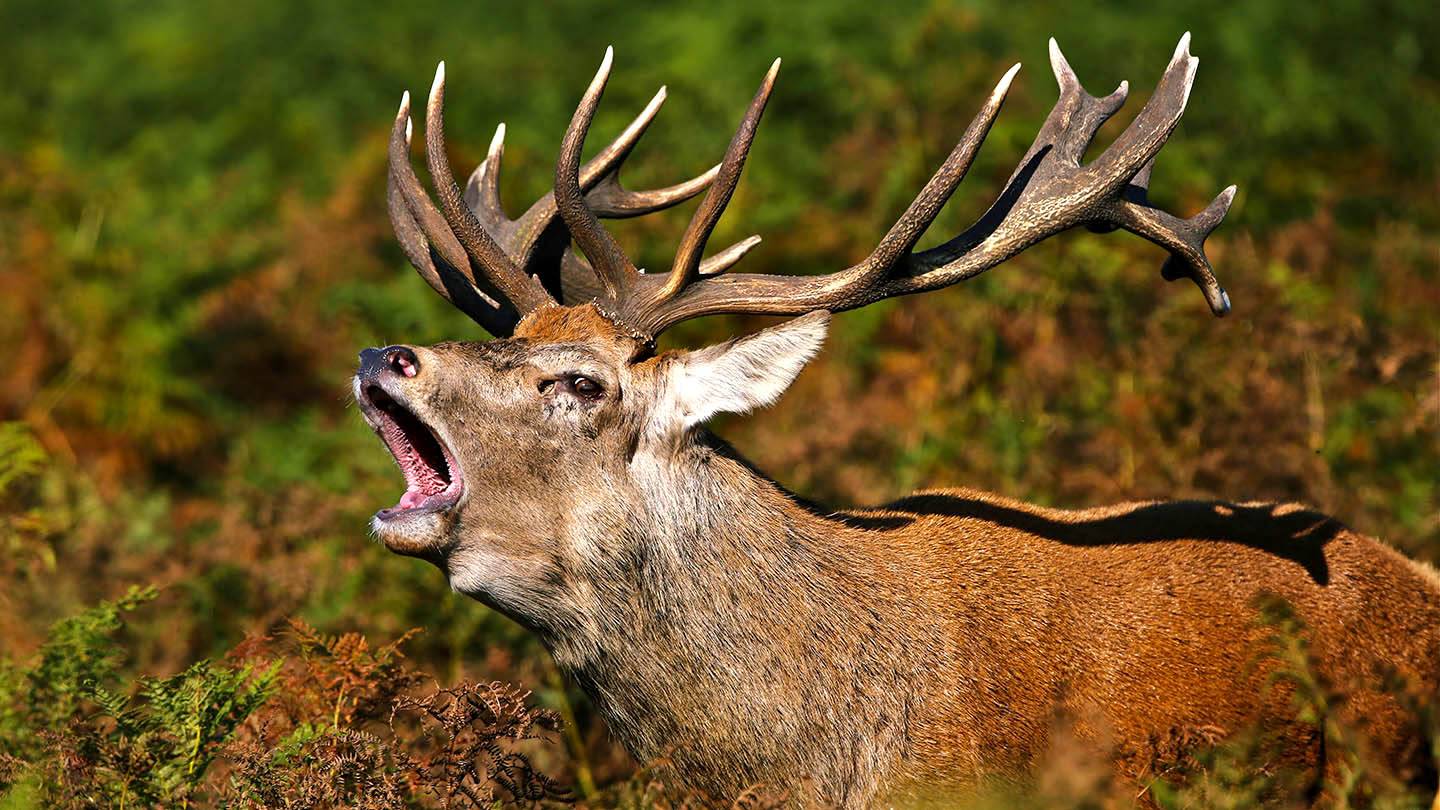The red deer (Cervus elaphus) stands as an iconic symbol of wildlife in many regions, captivating nature enthusiasts and researchers alike. With its majestic antlers and graceful presence, this species has intrigued people for centuries. Here are five fascinating facts that shed light on the red deer's remarkable characteristics and significance in the natural world.
1. Majestic Antlers and Their Role
One of the most striking features of male red deer is their impressive antlers, which can span up to 1.2 meters (4 feet) in width. These antlers aren't just for show; they play a crucial role in competitions during the mating season. Male red deer engage in roaring contests and physical battles to establish dominance and secure the opportunity to mate with females. The size and complexity of their antlers often determine their success in these intense contests.
2. Wide Global Distribution
Red deer have managed to establish a broad distribution across the Northern Hemisphere. From Europe to Asia, and even introduced populations in countries like New Zealand, Argentina, and Australia, these adaptable creatures have showcased their ability to thrive in various habitats. This adaptability has made them an important species in many ecosystems, contributing to biodiversity and ecological balance.
3. Social Structures Red deer exhibit intricate social structures that vary throughout the year. During most of the year, females and their offspring form groups, while males tend to be solitary. However, during the rutting season, males join the groups to compete for mating opportunities. This seasonal shift in behavior highlights the dynamic nature of red deer society and their ability to adapt their interactions to changing circumstances.
4. Grazing Habits and Ecosystem Impact Red deer primarily feed on a variety of plant matter, including grasses, leaves, and woody plants. Their grazing habits can significantly influence plant communities and ecosystem dynamics. In areas with high red deer populations, their selective grazing can lead to changes in vegetation composition, affecting other species that rely on these plants. This delicate interplay between red deer and their environment underscores their role in shaping ecosystems.
5. Conservation and Cultural Significance
Red deer hold cultural and economic significance in many societies. They are often featured in folklore, art, and traditions. However, habitat loss, hunting, and other human activities have impacted red deer populations in certain regions. Conservation efforts are vital to ensuring their survival and maintaining the balance they bring to ecosystems. Some protected areas and initiatives focus on safeguarding these majestic creatures and their habitats for future generations to admire and study.
In conclusion, the red deer's antlered magnificence, global presence, social intricacies, ecological influence, and cultural importance make it a captivating subject of study and admiration. Understanding these fascinating facts about red deer not only enriches our knowledge of the natural world but also deepens our appreciation for the intricate connections between species and their environments.


